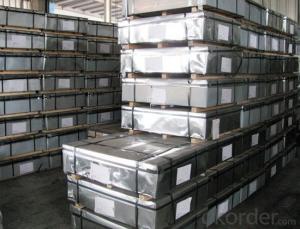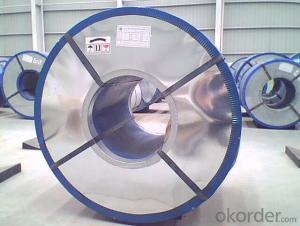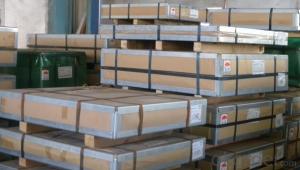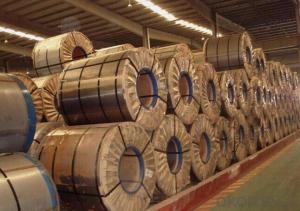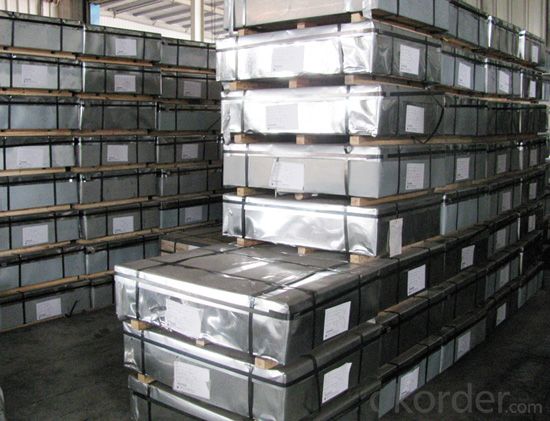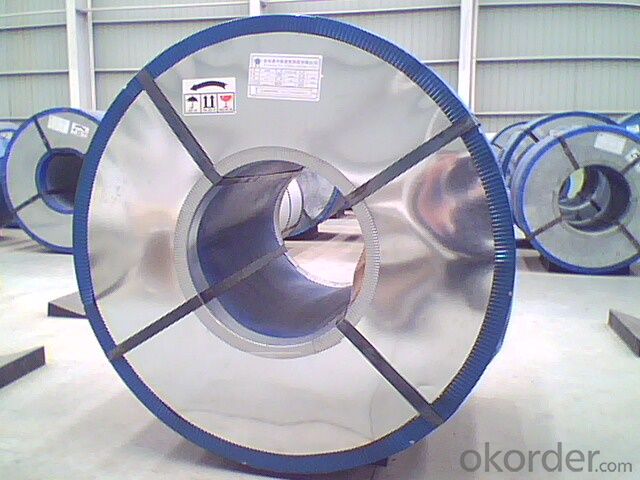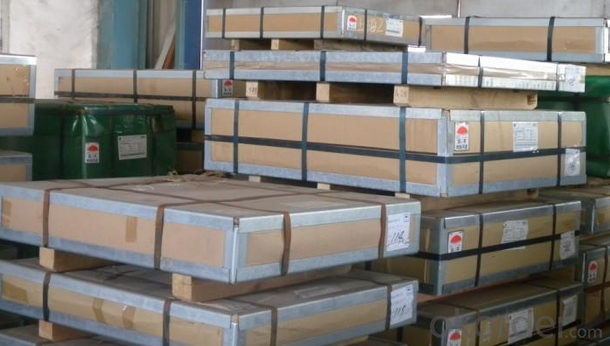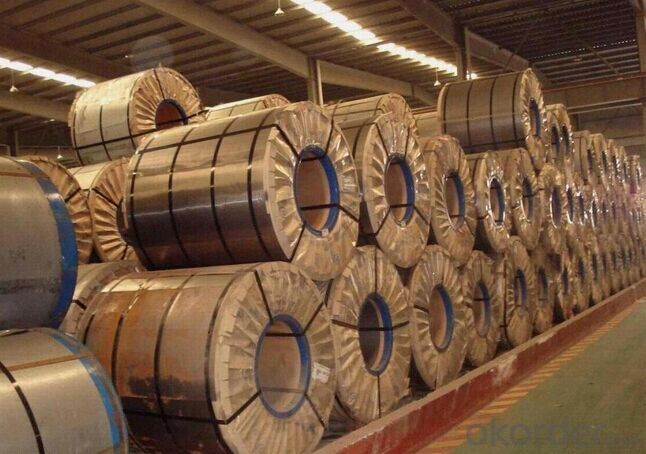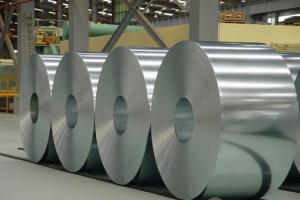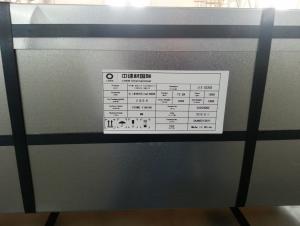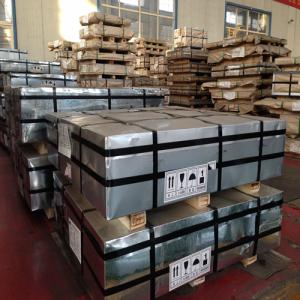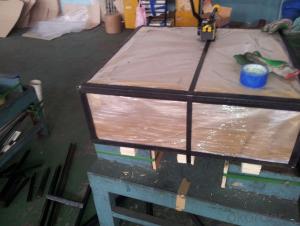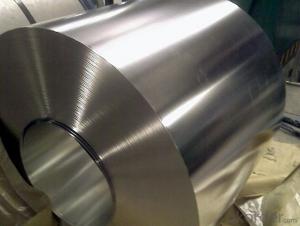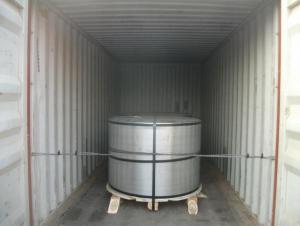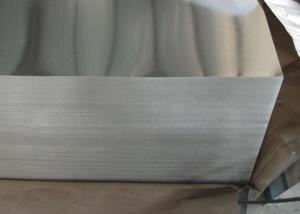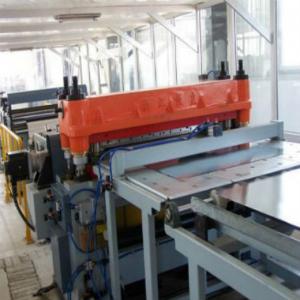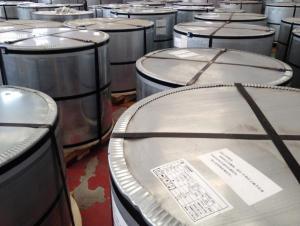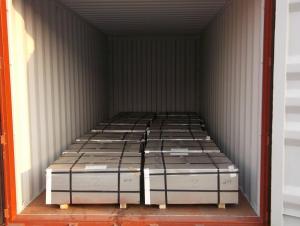Tinplate in Sheets and Coils for Cans Packing
- Loading Port:
- Tianjin
- Payment Terms:
- TT OR LC
- Min Order Qty:
- 25 m.t
- Supply Capability:
- 7000 m.t/month
OKorder Service Pledge
OKorder Financial Service
You Might Also Like
1.Structure of Electrolytic Tinplate in Sheets and Coils for Cans Packing Description
Due to Tinplate packaging`s good seal, nature, dark, robustness and unique decorative metal charm, it has a wide range of coverage in the packaging container industry,and common international packaging varieties. With a variety of CC tinplate material, DR materials, chrome plated and constantly enrich and promotion and development of packaging products and technology, tinplate packaging has promoted with innovation.
Because of its strong antioxidant and diverse styles, beautifully printed, tinplate containers are very popular and loved by customers, and they are widely used in food packaging, pharmaceutical packaging, commodity packaging, instrumentation, packaging, industrial packaging and so on.
With the continuous improvement of tinplate printing technology and processing technology, tinplate packaging has developed more widely.
2.Main Features of the Electrolytic Tinplate in Sheets and Coils for Cans Packing
Appearance – Electrolytic Tin Plate is characterized by its beautiful metallic luster. Products with various kinds of surface roughness are produced by selecting the surface finish of the substrate steel sheet.
Paintability and printability – Electrolytic Tin Plates have excellent paintability and printability. Printing is beautifully finished using various lacquers and inks.
Formability and strength – Electrolytic Tin Plates have got very good formability and strength. By selecting a proper temper grade, appropriate formability is obtained for different applications as well as the required strength after forming.
Corrosion resistance – Tinplate has got good corrosion resistance. By selecting a proper coating weight, appropriate corrosion resistance is obtained against container contents. Coated items should meet 24 hour 5 % salt spray requirement.
Solderability and weldability – Electrolytic Tin Plates can be joined both by soldering or welding. These properties of tinplate are used for making various types of cans.
Hygienic – Tin coating provides good and non toxic barrier properties to protect food products from impurities, bacteria, moisture, light and odours.
Safe – Tinplate being low weight and high strength makes food cans easy to ship and transport.
Eco friendly – Tinplate offers 100 % recyclability.
Tin is not good for low temperature applications since it changes structure and loses adhesion when exposed to temperatures below – 40 deg C.
3.Electrolytic Tinplate in Sheets and Coils for Cans Packing Images
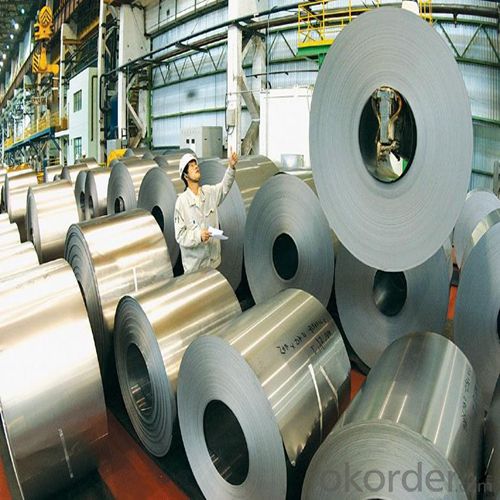
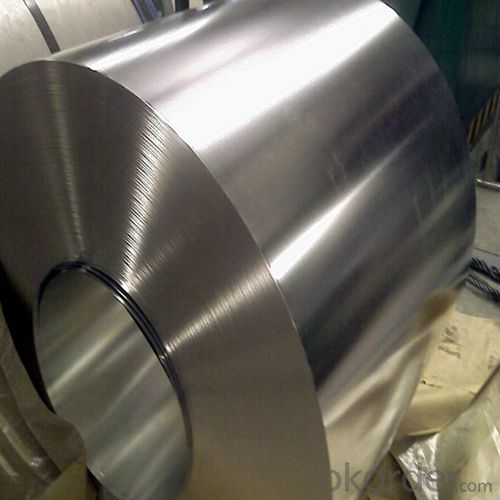
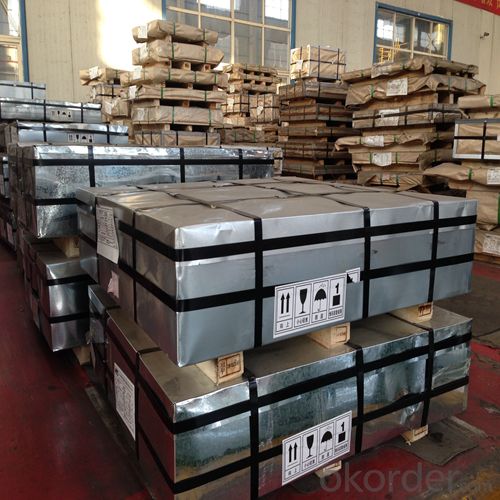
4.Electrolytic Tinplate in Sheets and Coils for Cans Packing Specification
Standard | ISO 11949 -1995, GB/T2520-2000,JIS G3303,ASTM A623, BS EN 10202
|
Material | MR,SPCC |
Thickness | 0.15mm - 0.50mm |
Width | 600mm -1150mm |
Temper | T1-T5 |
Annealing | BA & CA |
Coil Inner Diameter | 508mm |
Weight | 6-10 tons/coil 1~1.7 tons/sheets bundle |
Passivation | 311 |
Oil | DOS |
Surface | Finish,bright,stone,matte,silver |
5.FAQ of Electrolytic Tinplate in Sheets and Coils for Cans Packing
- How are the Electrolytic Tin Plates specified?
The Electrolytic Tin Plates are specified as per the steel base, extent of tempering, the coating weight, annealing method and the surface finish.
- How many types there are for base steels?
The base steels are of three types: Type MR, L, D
- Q: What are the advantages of using tinplate?
- There are several advantages of using tinplate. Firstly, tinplate provides excellent protection against corrosion, making it ideal for packaging food and beverages. It also has a high strength-to-weight ratio, making it lightweight yet durable. Additionally, tinplate is easily recyclable, making it a sustainable choice. It can be easily shaped and formed into various designs, making it versatile for packaging purposes. Lastly, tinplate provides a visually appealing and glossy finish, enhancing the overall aesthetic appeal of the product.
- Q: What are the main applications of tinplate in the toy industry?
- One of the main applications of tinplate in the toy industry is for creating durable and visually appealing packaging. Tinplate is commonly used to make toy boxes and containers that not only protect the toys but also enhance their overall presentation. Additionally, tinplate is also utilized in manufacturing toy parts and accessories, providing a sturdy and reliable material for various components of toys.
- Q: Can tinplate packaging be used for promotional items?
- Yes, tinplate packaging can be used for promotional items. Tinplate packaging offers a durable and visually appealing option, making it suitable for promotional purposes. It can be customized with branding and designs, making it an effective tool to enhance brand visibility and create a lasting impression among recipients.
- Q: Can tinplate be used for toys and games?
- Yes, tinplate can be used for toys and games. It is a versatile material that is lightweight, durable, and easy to shape. Tinplate can be molded into various shapes and sizes, making it suitable for creating toy cars, action figures, board game components, and other playthings. Additionally, its glossy finish can enhance the aesthetic appeal of toys and games.
- Q: How does tinplate contribute to the convenience of pet care products?
- Tinplate contributes to the convenience of pet care products through its durability, versatility, and ability to preserve the quality and freshness of the products. Tinplate packaging ensures that pet food, treats, and other products remain safe and protected from moisture, light, and oxygen, prolonging their shelf life. Additionally, tinplate cans and containers are easy to open and reseal, providing pet owners with a convenient and hassle-free experience when using these products for their pets.
- Q: Why tin printing after a layer of light oil
- Bright oil is common in epoxy resin, alkyd resin, acrylic resin, acrylic amino, etc., the composition is different, the performance is also different, and the use is not the same. Usually according to the process whether there is a deep stamping deformation, welding local high temperature heating and the need for high pressure cooking and so on, choose different types of varnish.In order to increase production efficiency and save energy, in general, the last printing process is combined with the glazing process.In addition to the roller coating can be used, but also can be printed light ink method, both gloss is not much difference, but the processing performance is better than roller coating.
- Q: Can tinplate be welded?
- Yes, tinplate can be welded using specialized welding techniques such as spot welding or resistance welding.
- Q: What are the main trends in tinplate packaging design?
- The main trends in tinplate packaging design include minimalistic and clean designs, eco-friendly and sustainable packaging solutions, innovative and functional packaging designs, and the use of vibrant colors and bold graphics to attract consumers' attention.
- Q: How do you paint the tinplate?
- Spray paint. The zygote to be painted is placed on a shelf or plane or hung up and sprayed with a spray gun. Use a small air compressor and spray gun
- Q: What are the common printing methods used on tinplate?
- The common printing methods used on tinplate are lithography, offset printing, and flexography.
Send your message to us
Tinplate in Sheets and Coils for Cans Packing
- Loading Port:
- Tianjin
- Payment Terms:
- TT OR LC
- Min Order Qty:
- 25 m.t
- Supply Capability:
- 7000 m.t/month
OKorder Service Pledge
OKorder Financial Service
Similar products
Hot products
Hot Searches
Related keywords
